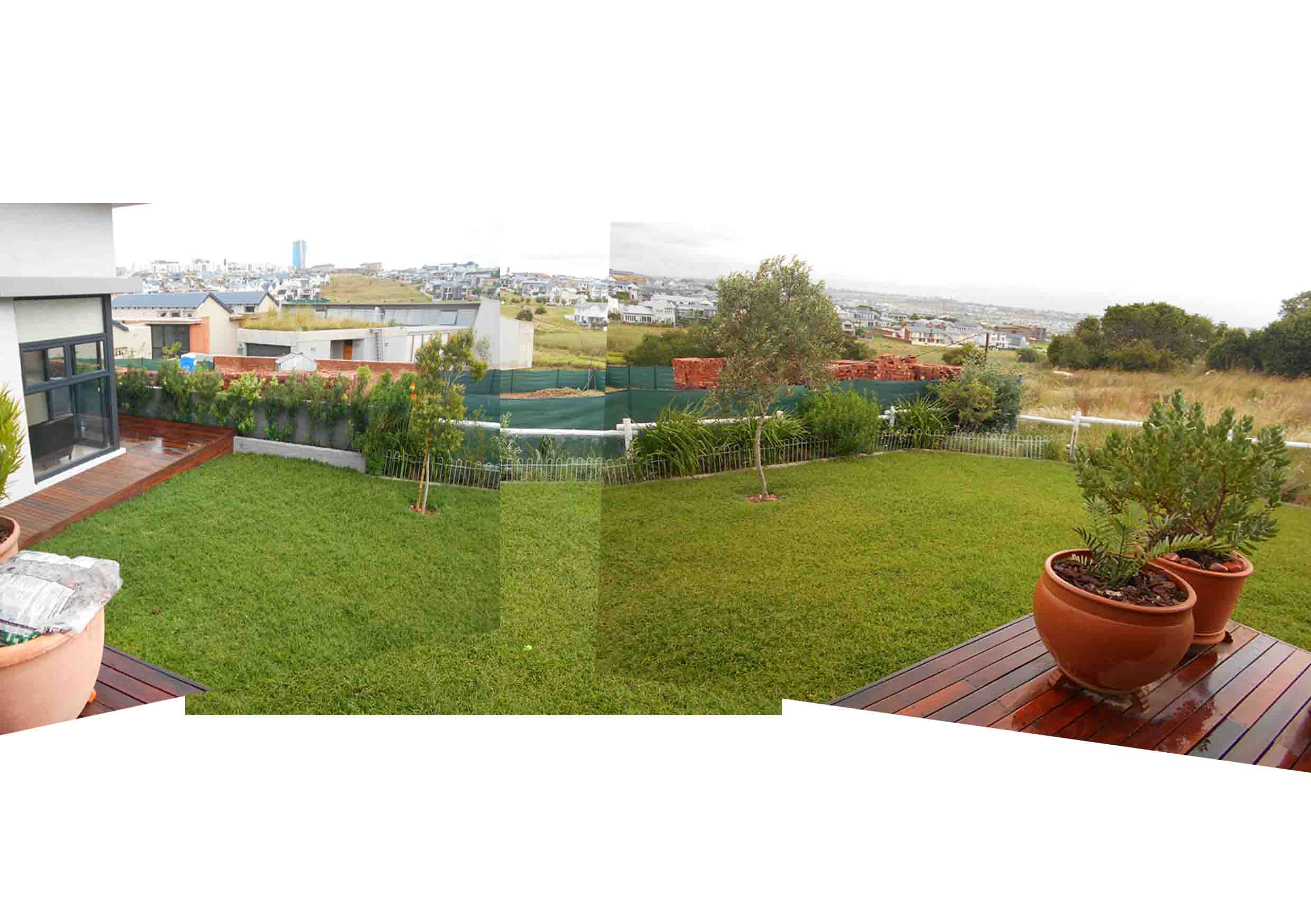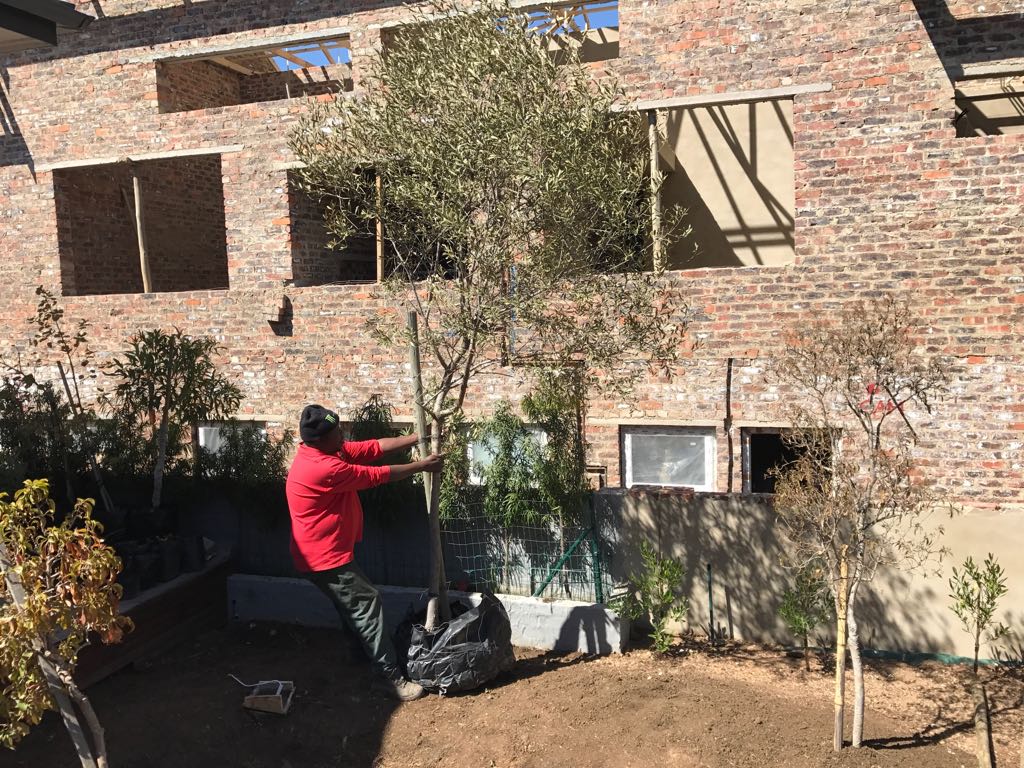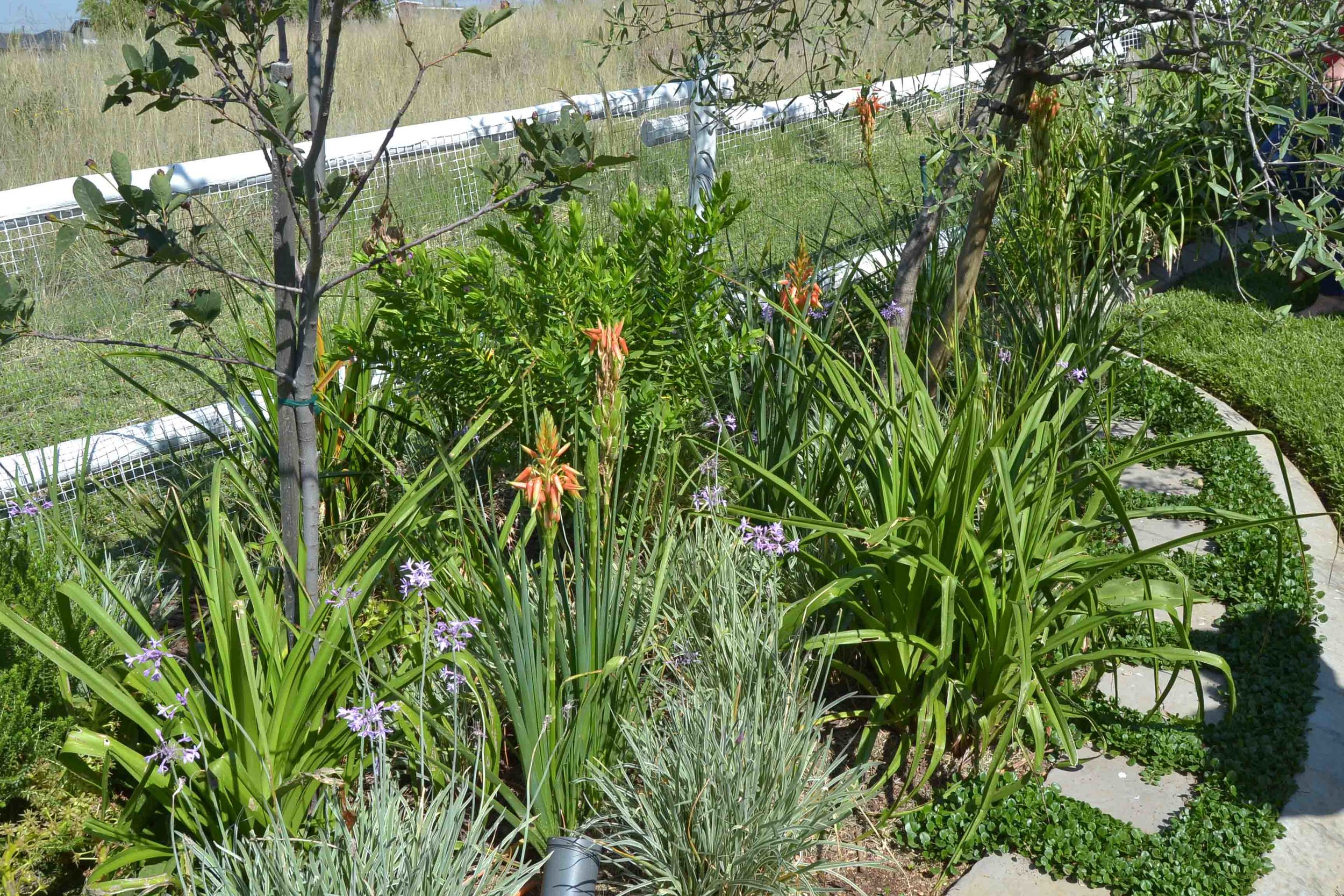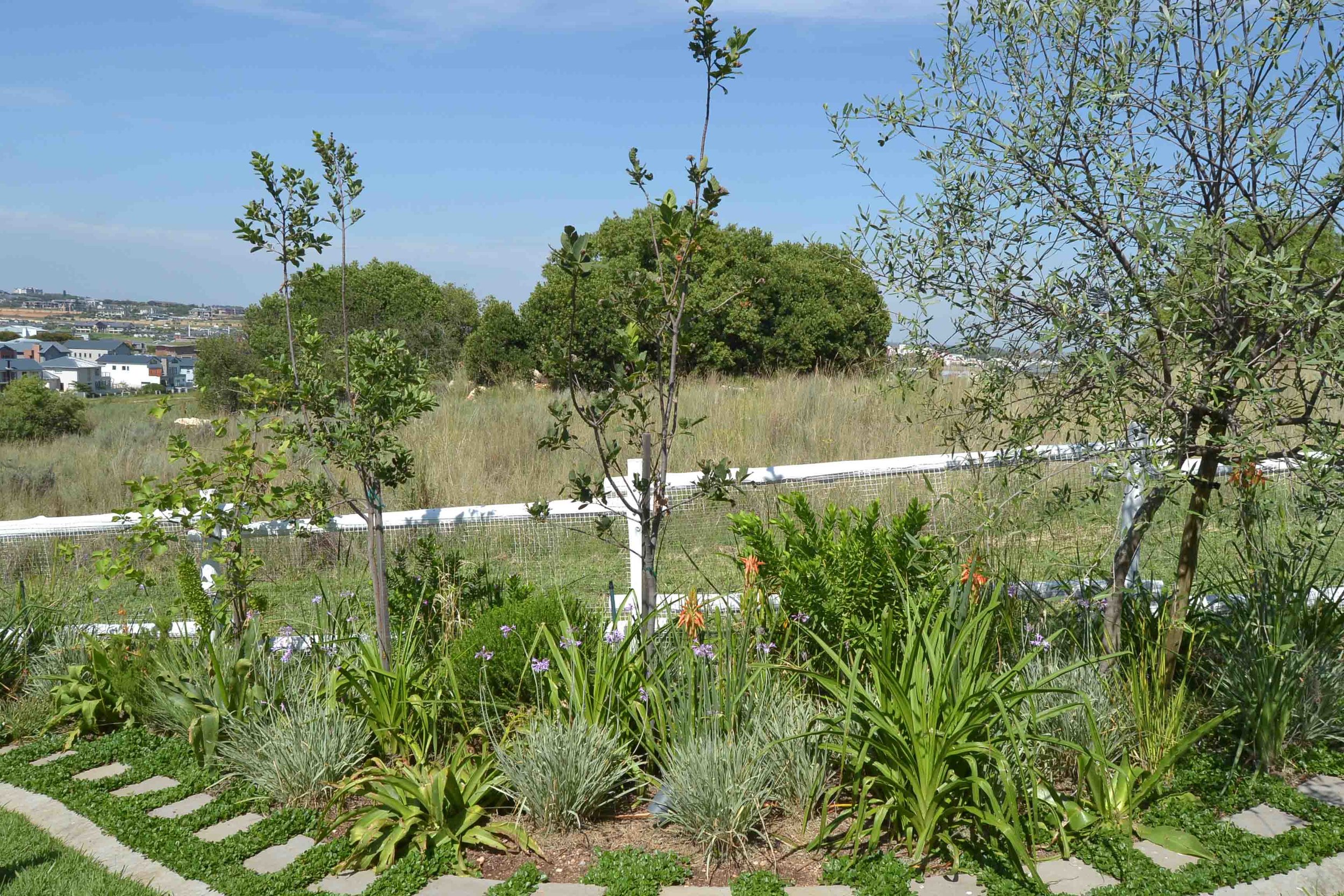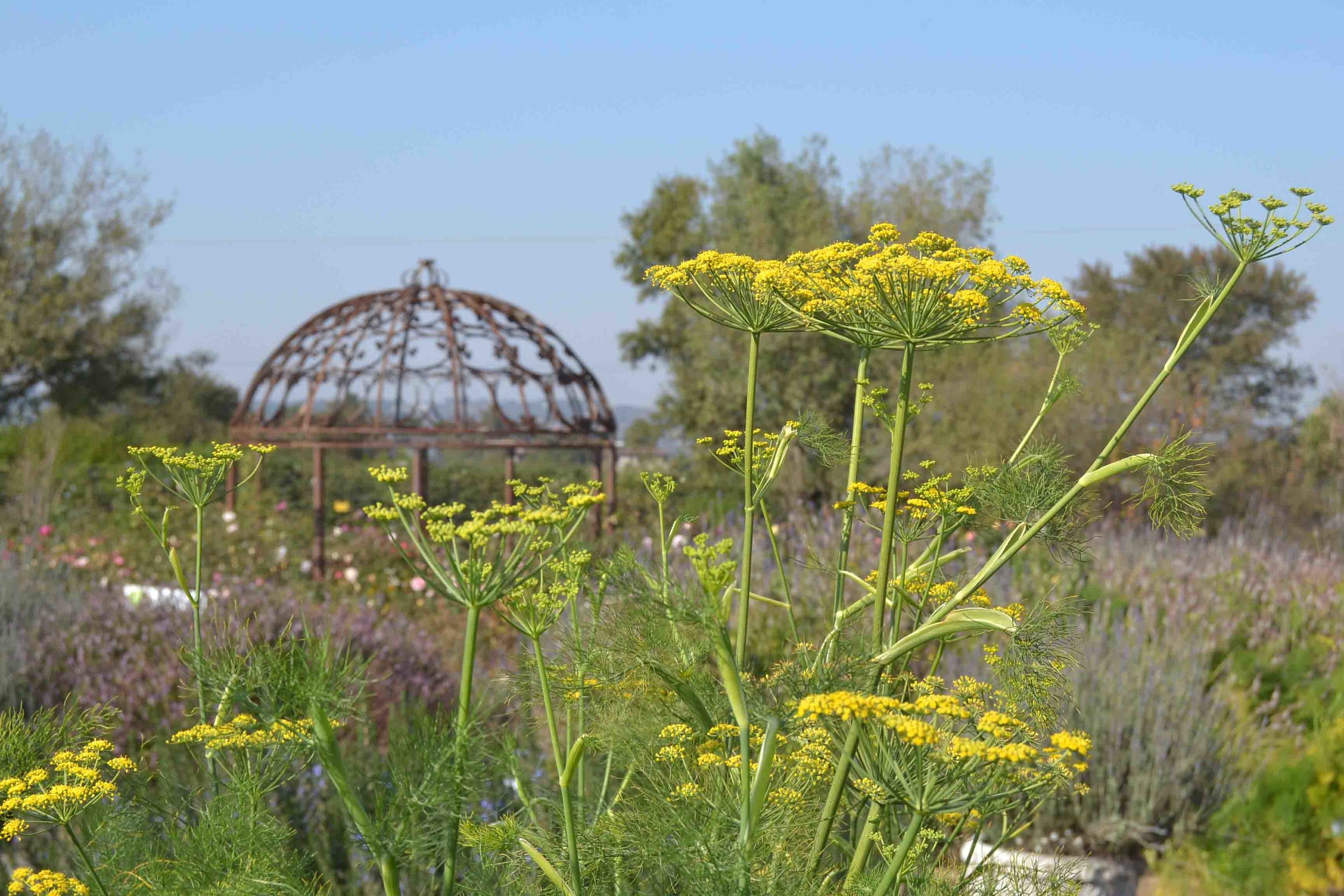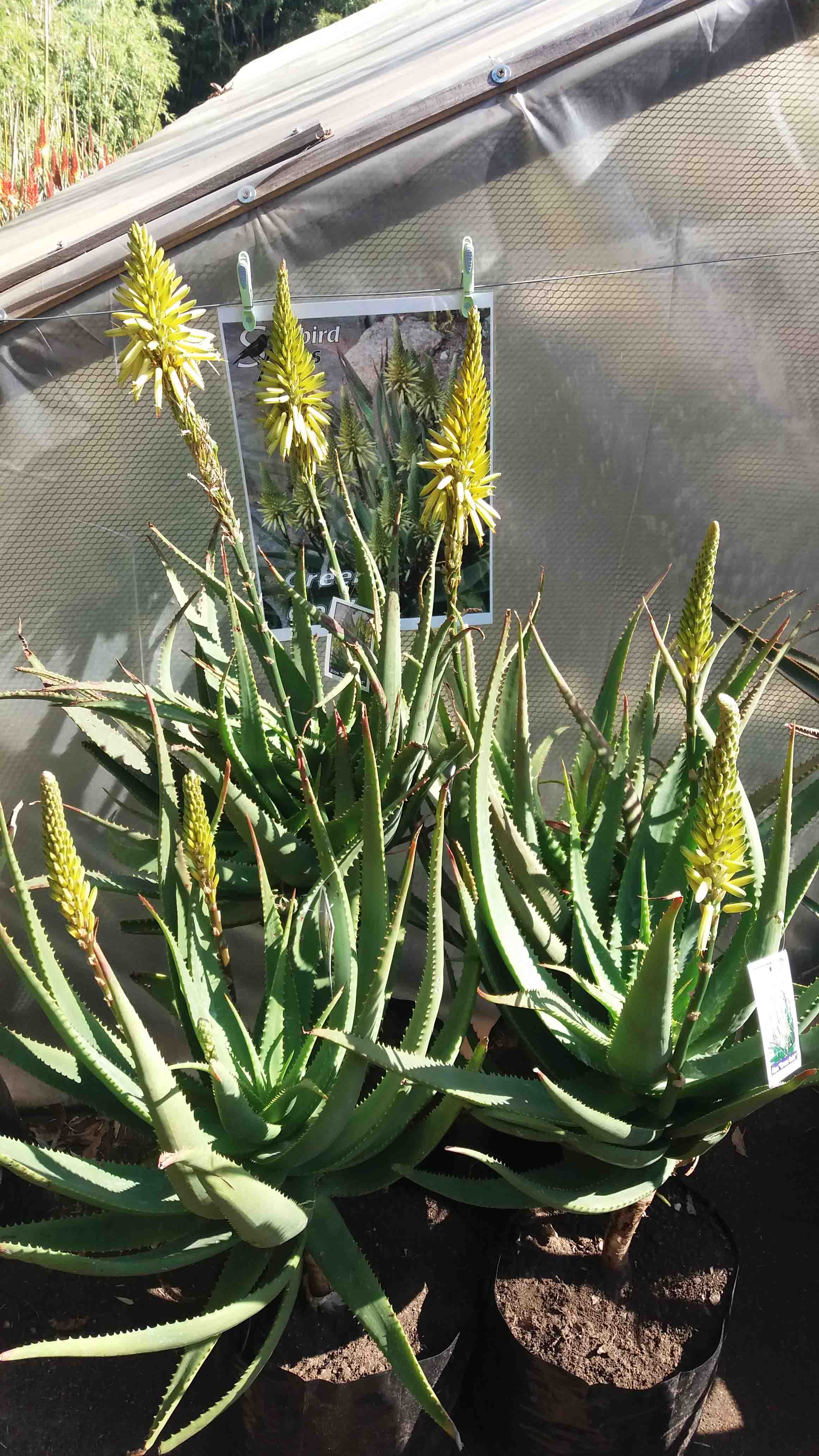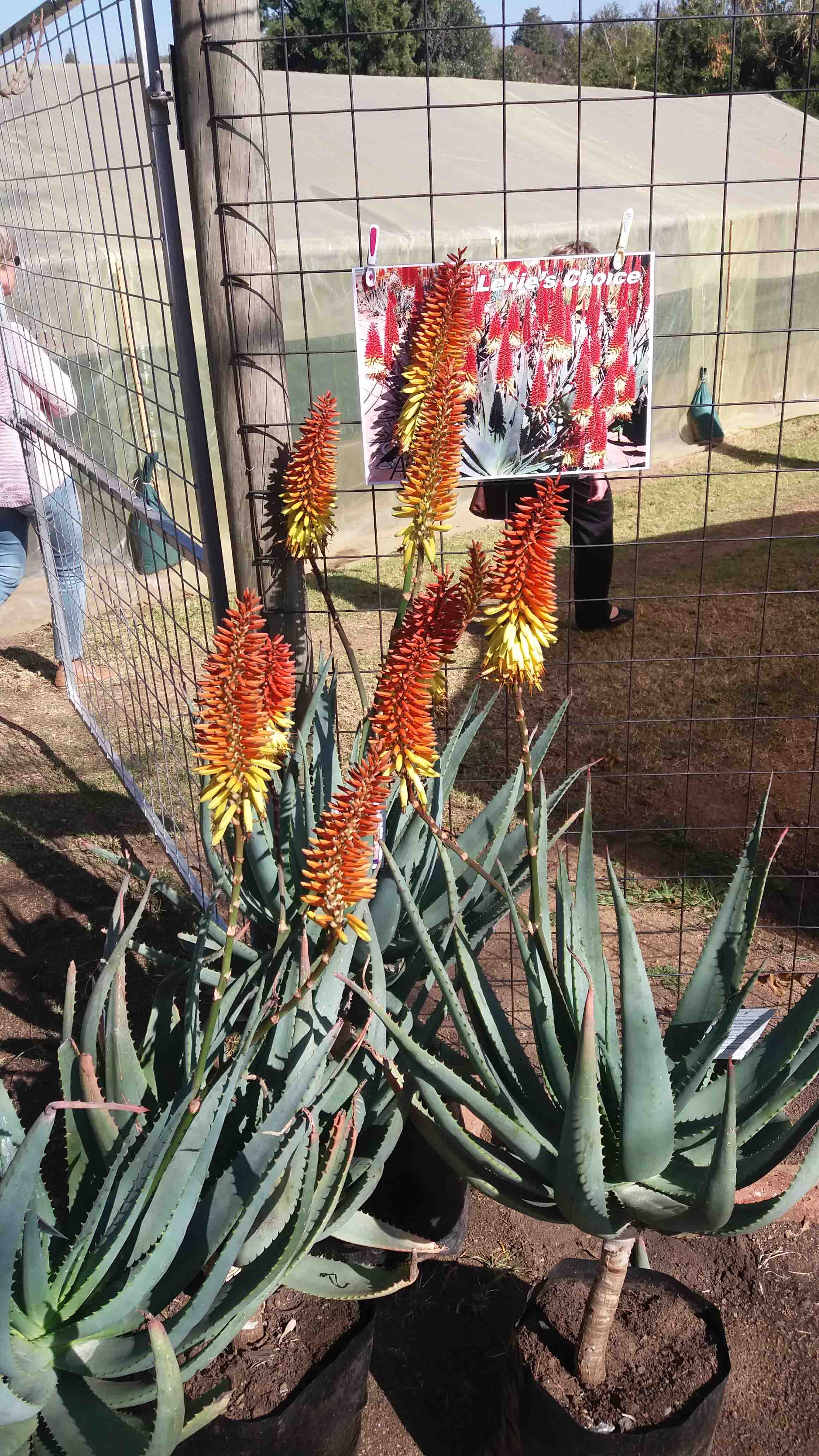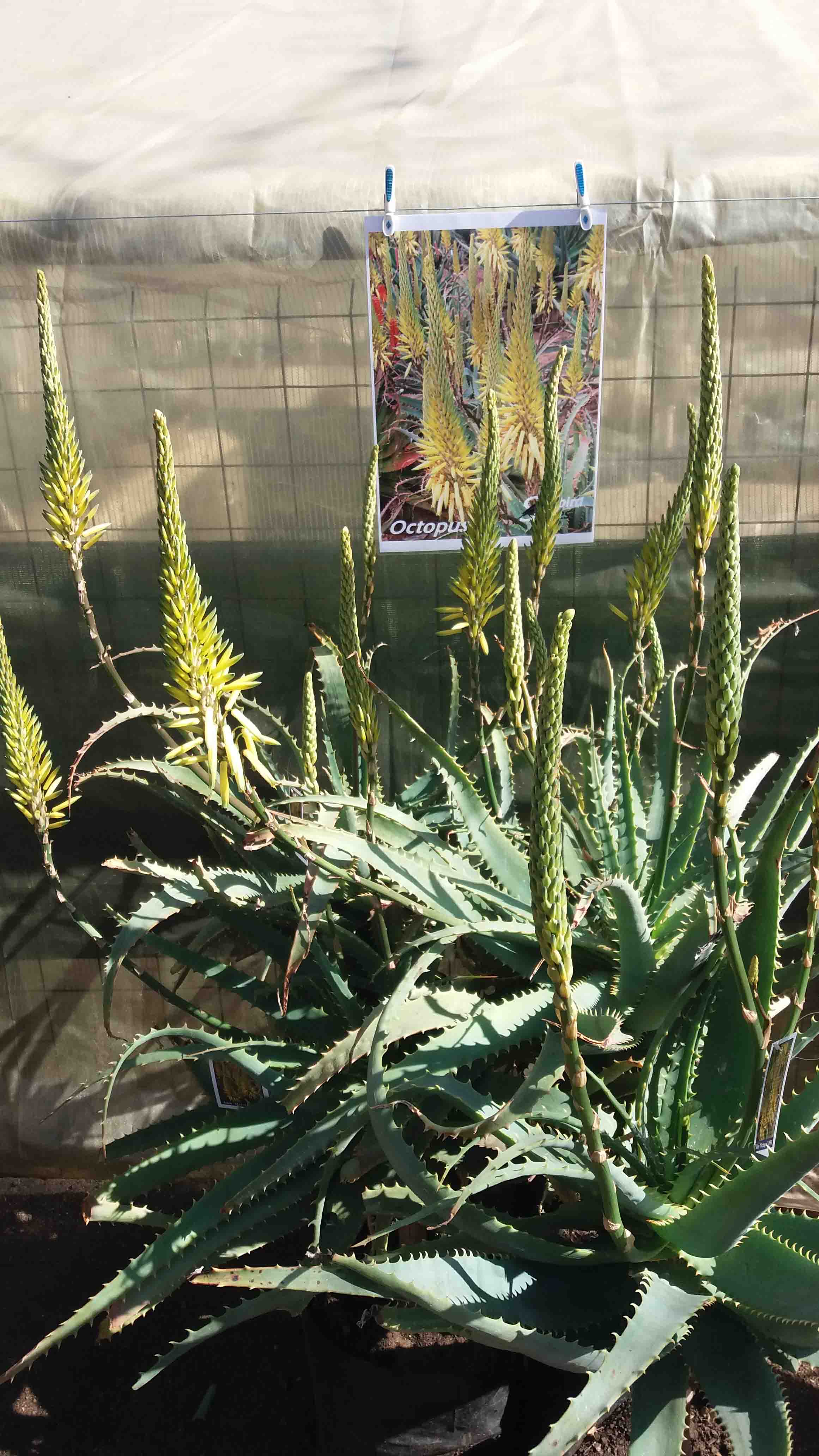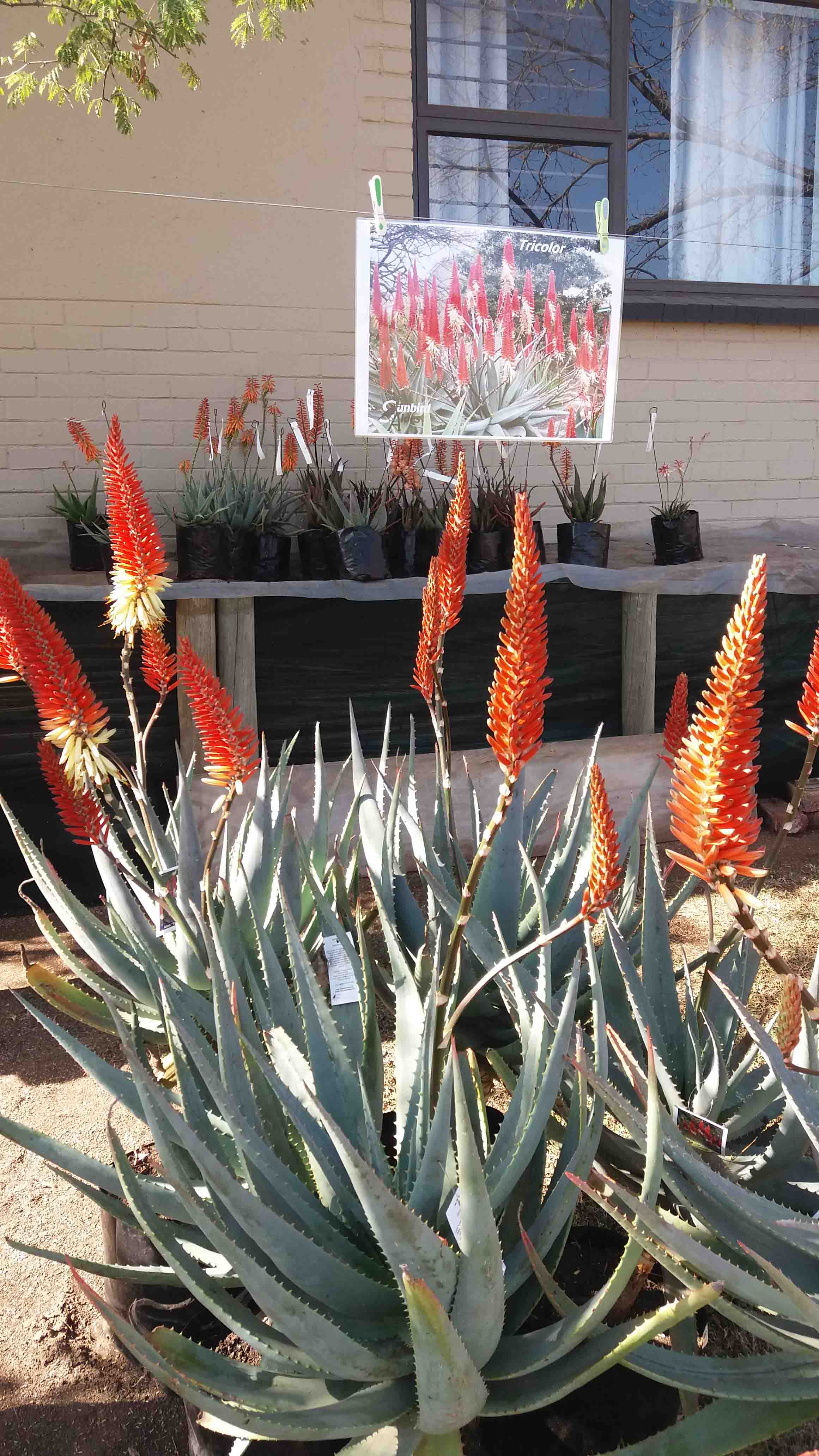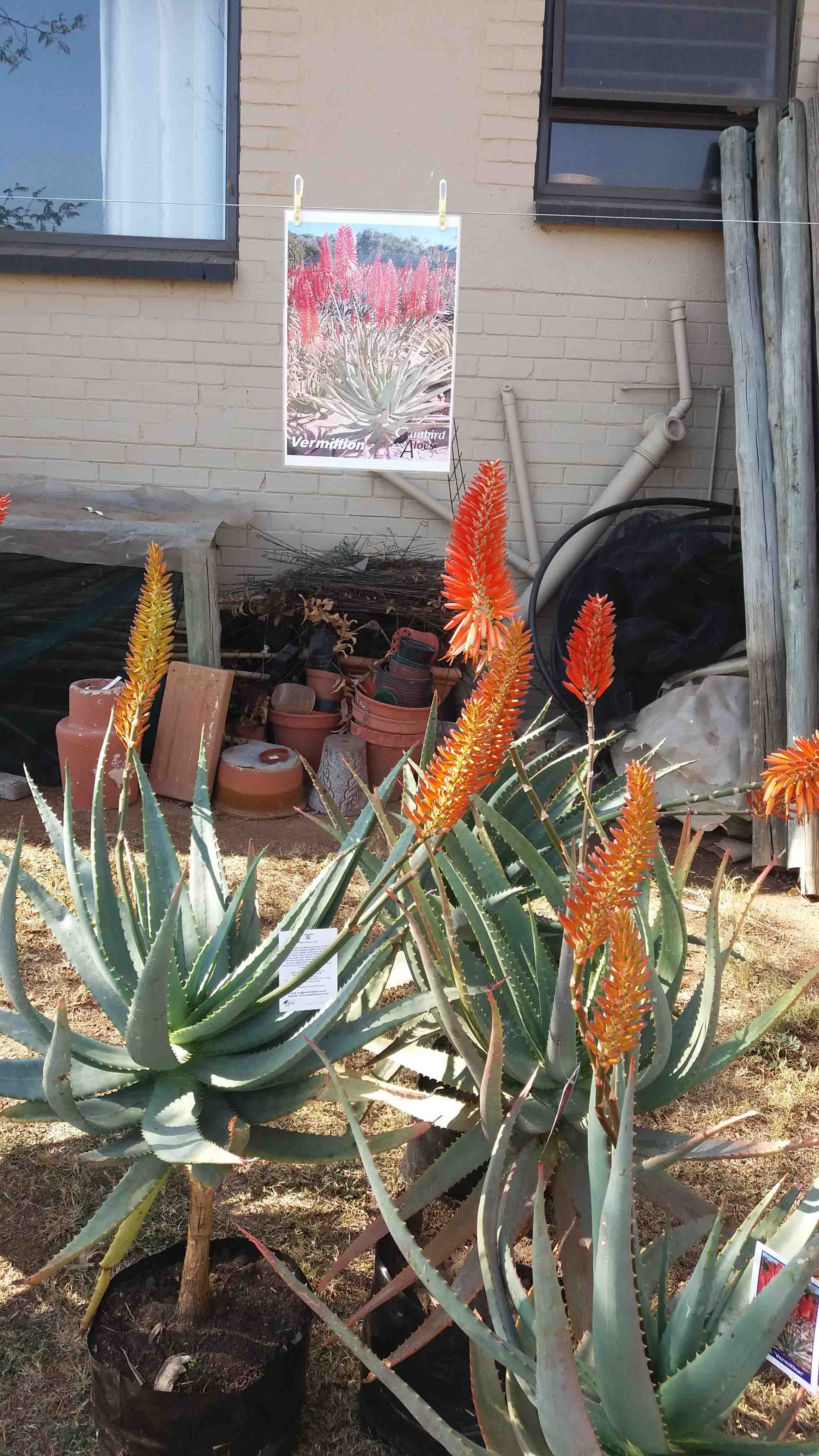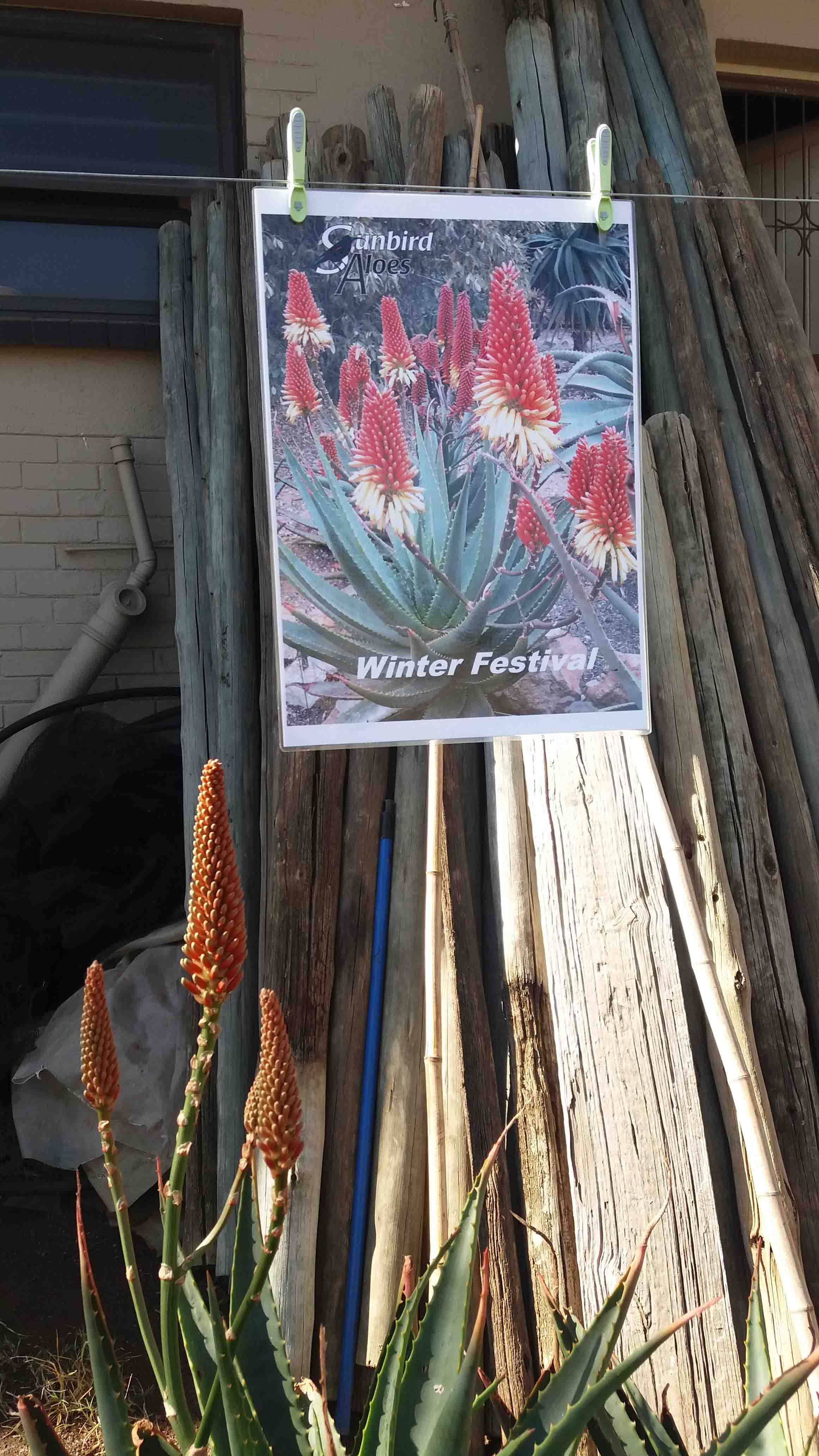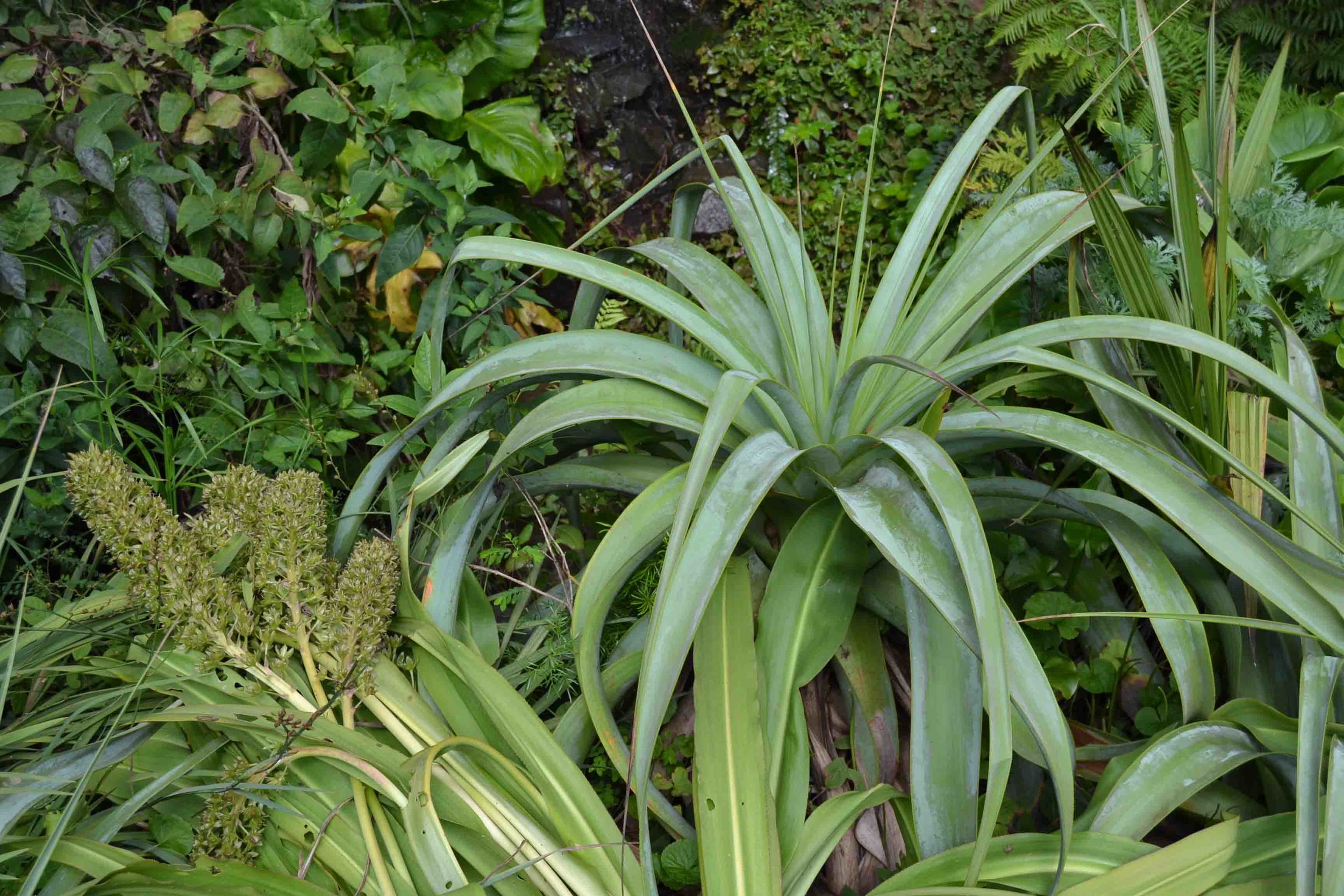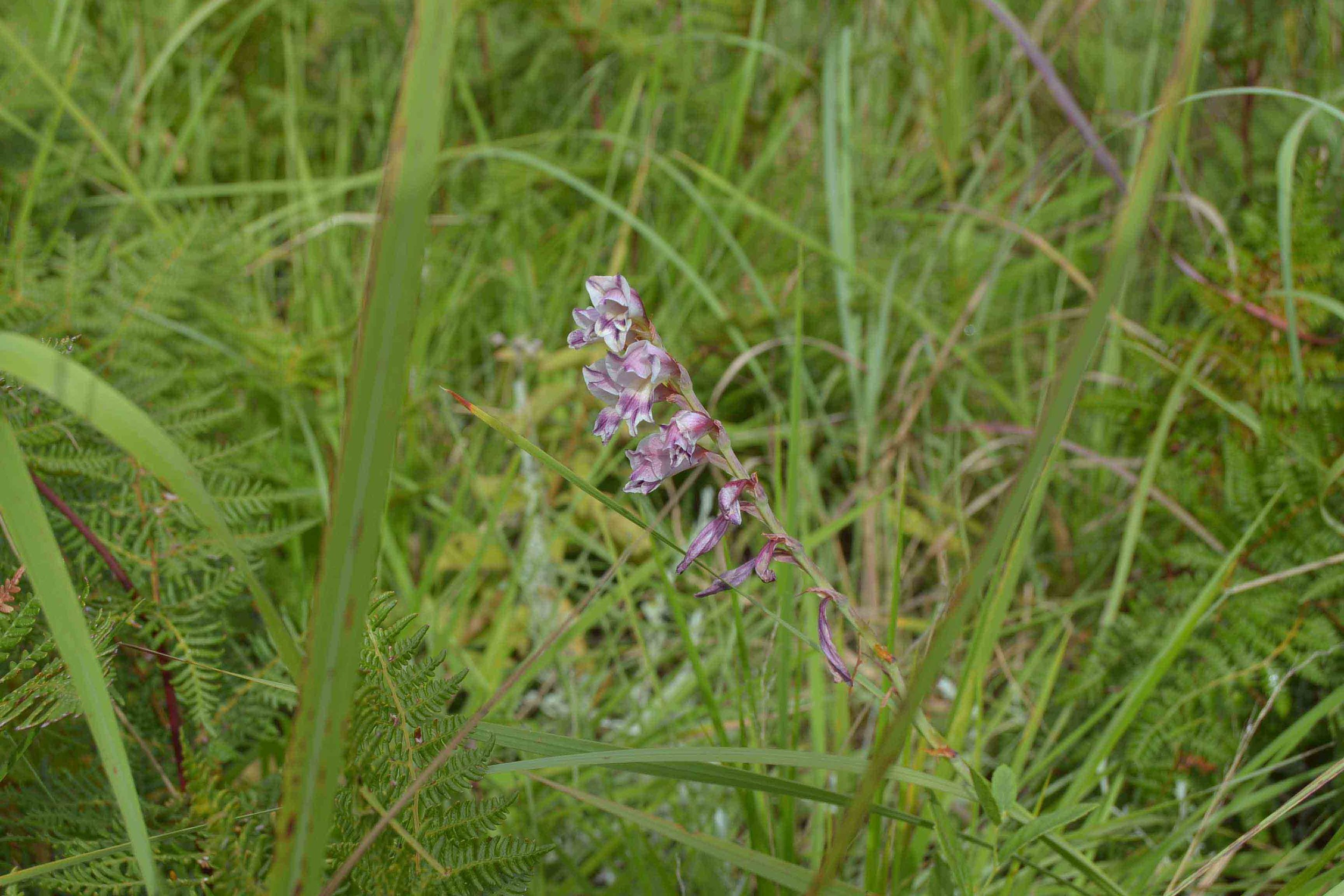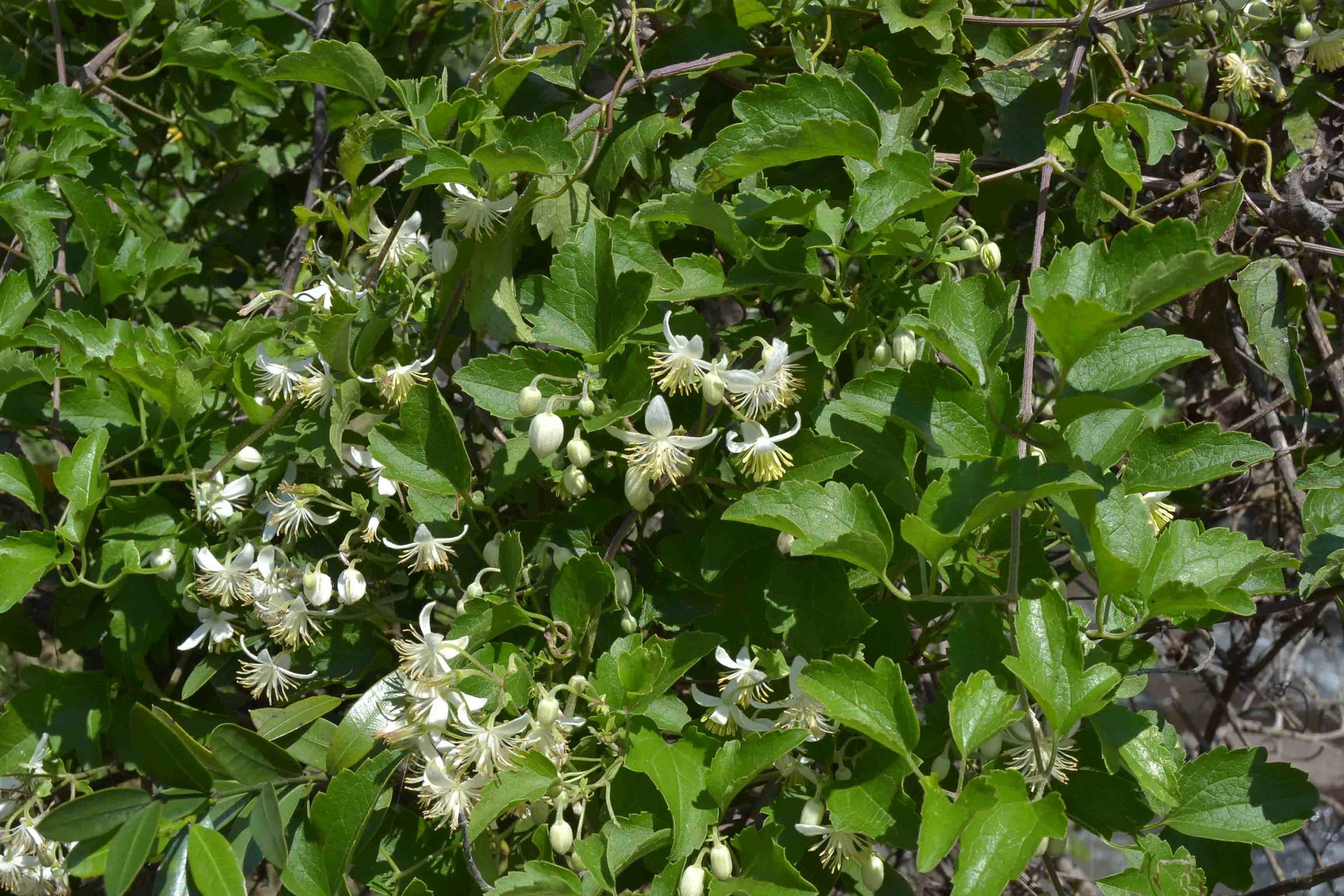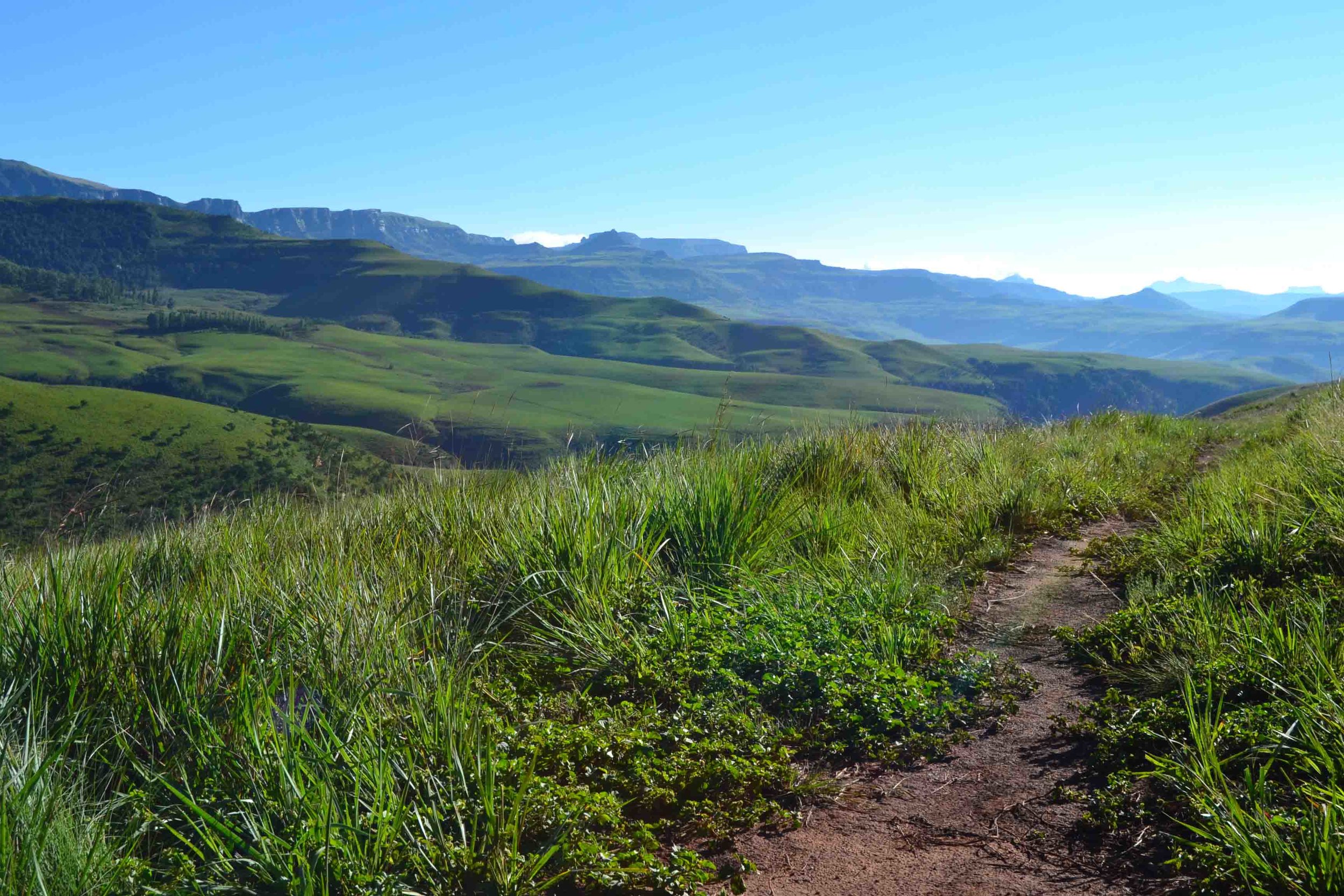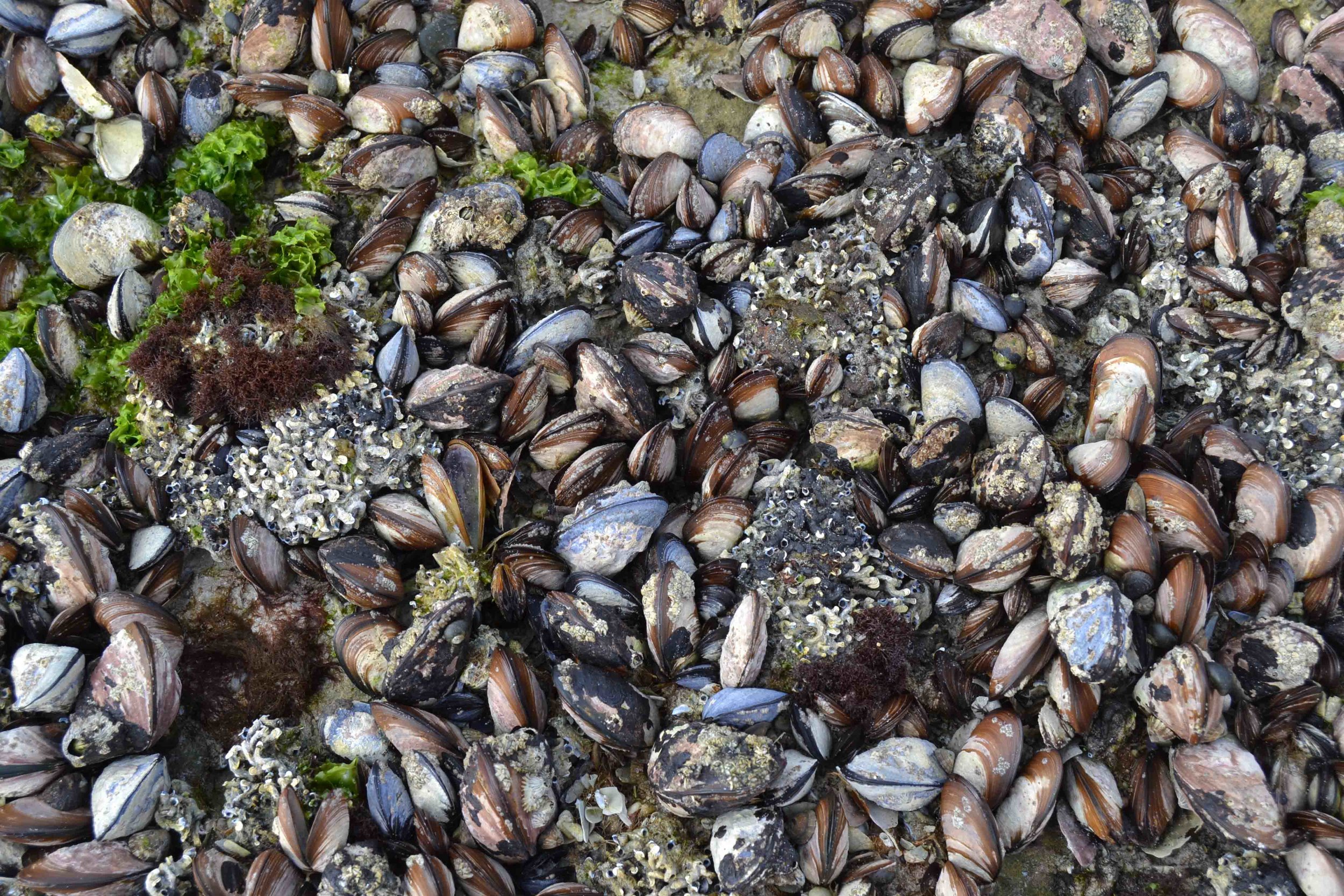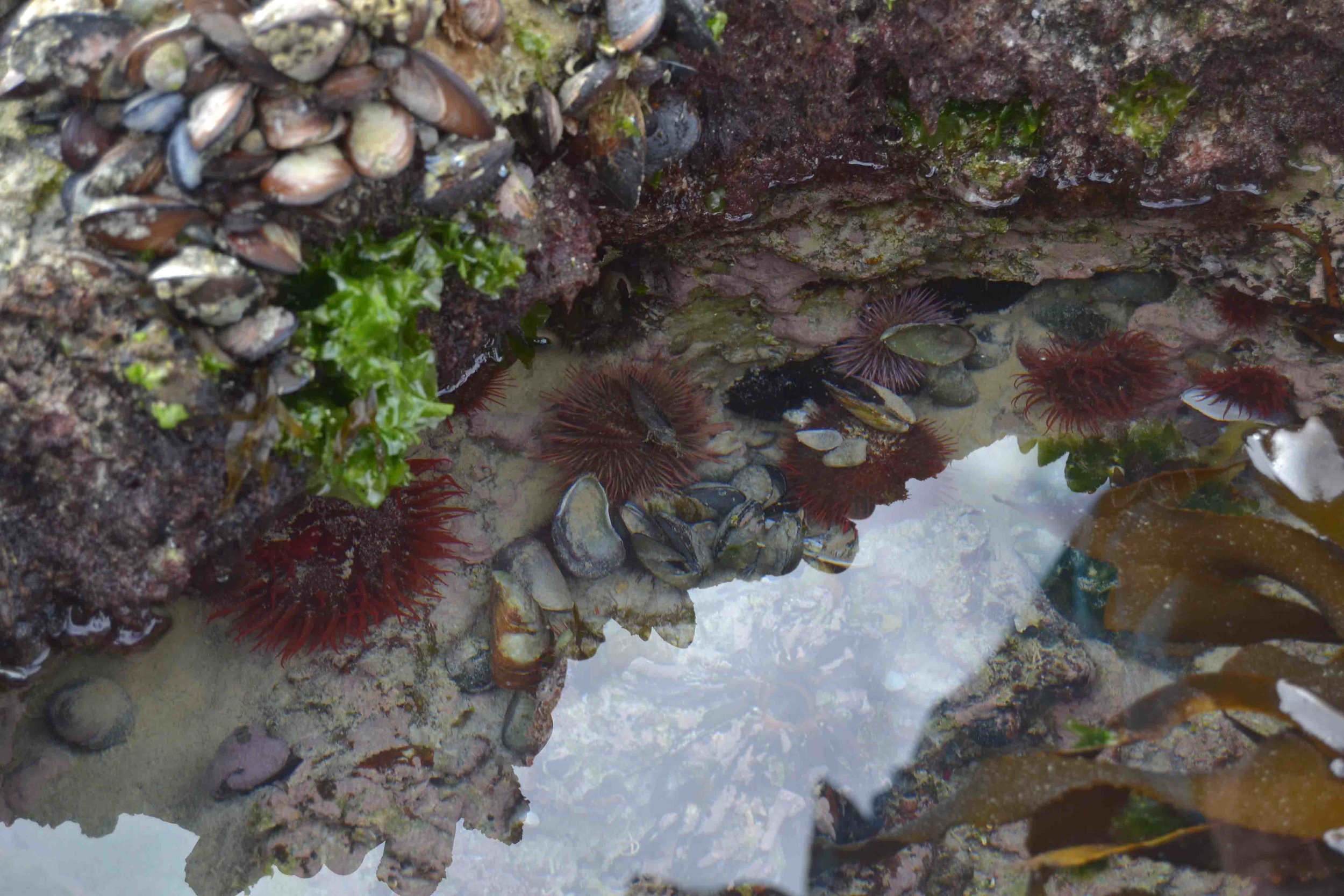"The Turia Gardens is one of the largest urban parks in Spain. It runs through the city along nine kilometres of green space boasting foot paths, leisure and sports areas, and romantic spots where you can unwind. From Cabecera Park to the City of Arts and Sciences, the Turia Gardens are the perfect place for runners, cyclists, families and nature enthusiasts. Crossed by 18 bridges full of history, the former riverbed passes by the city's main museums and monuments on either bank. The vast gardens are built on the former riverbed of the Turia, whose course was altered to prevent constant flooding in the city.
After a devastating flood on 14 October 1957, the Turia's course was diverted south of the city, leaving a huge tract of land that crosses the city from West to East, bordering the historical centre. Several urban planners and landscapists designed different sections of the park, recreating the former river scenery. They created a unique itinerary of palm trees and orange trees, fountains and pine woods, aromatic plants and ponds, sports facilities and rose beds. The gardens were inaugurated in 1986. The Cabecera Park and Bioparc border the huge gardens to the west, and the futuristic City of Arts and Sciences border it on the opposite side, near the mouth of the river. " (http://www.visitvalencia.com/en/what-to-visit-valencia/parks-gardens/turia-gardens)
I visited the Jardin del Turia a few years ago but wanted to post these pictures because I was so impressed with this park and it is a reminder how a successful green space can contribute positively to a city. The green belt is actually an old river bed that has dried up and been converted into a park and stretches over 9 kilometers. It is frequented all year by joggers, cyclists, families and tourists. It is a great connector for various parts of the city and a wonderful precedent of how a linear park can become the seam within a city - bringing things together to provide positive public space.
According to Project for Public Spaces (PPS) successful public spaces all generally have these four qualities in common: they are accessible; people are engaged in activities there; the space is comfortable and has a good image; and finally, it is a sociable place: one where people meet each other and take people when they come to visit. PPS developed The Place Diagram as a tool to help people in judging any place, good or bad:



